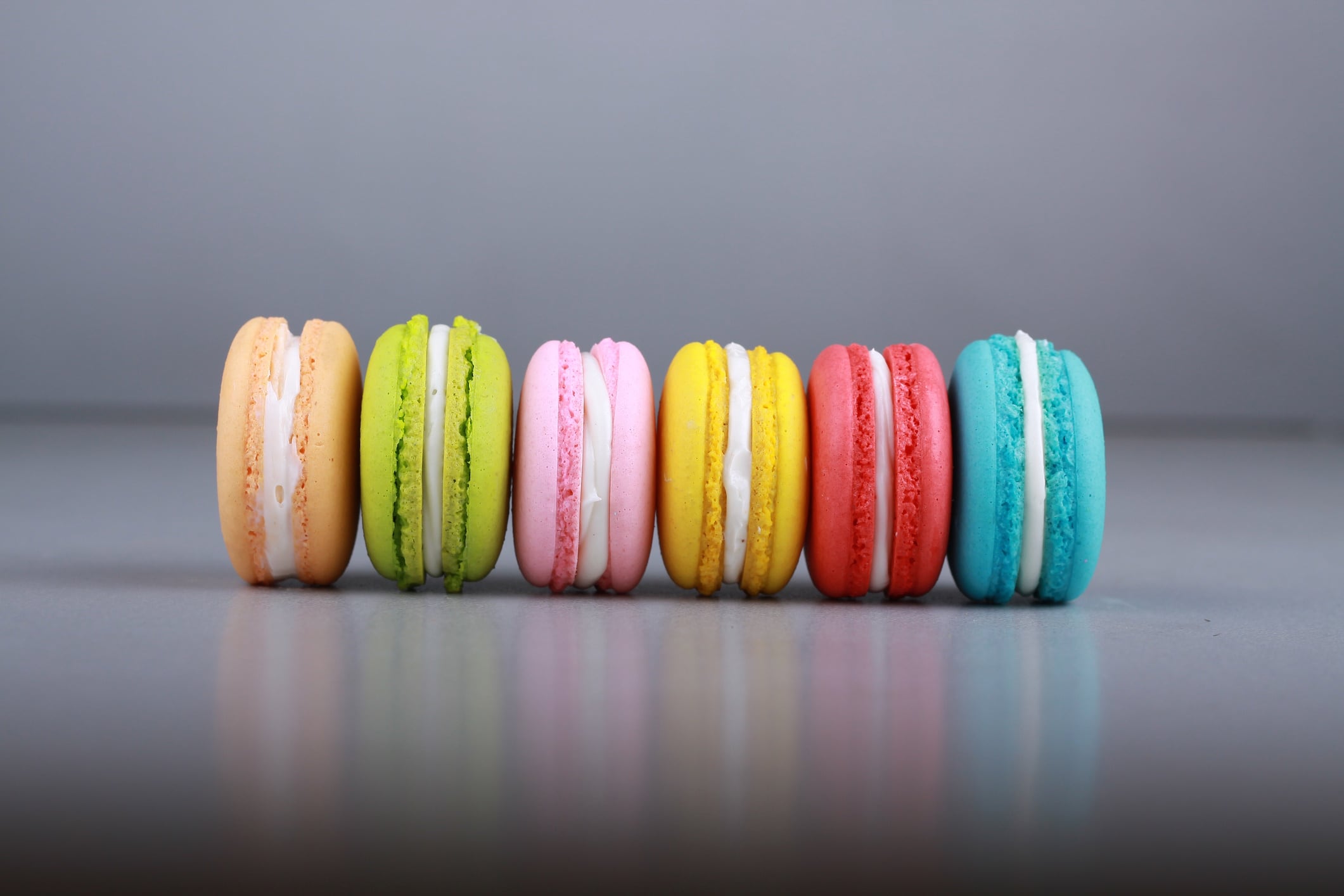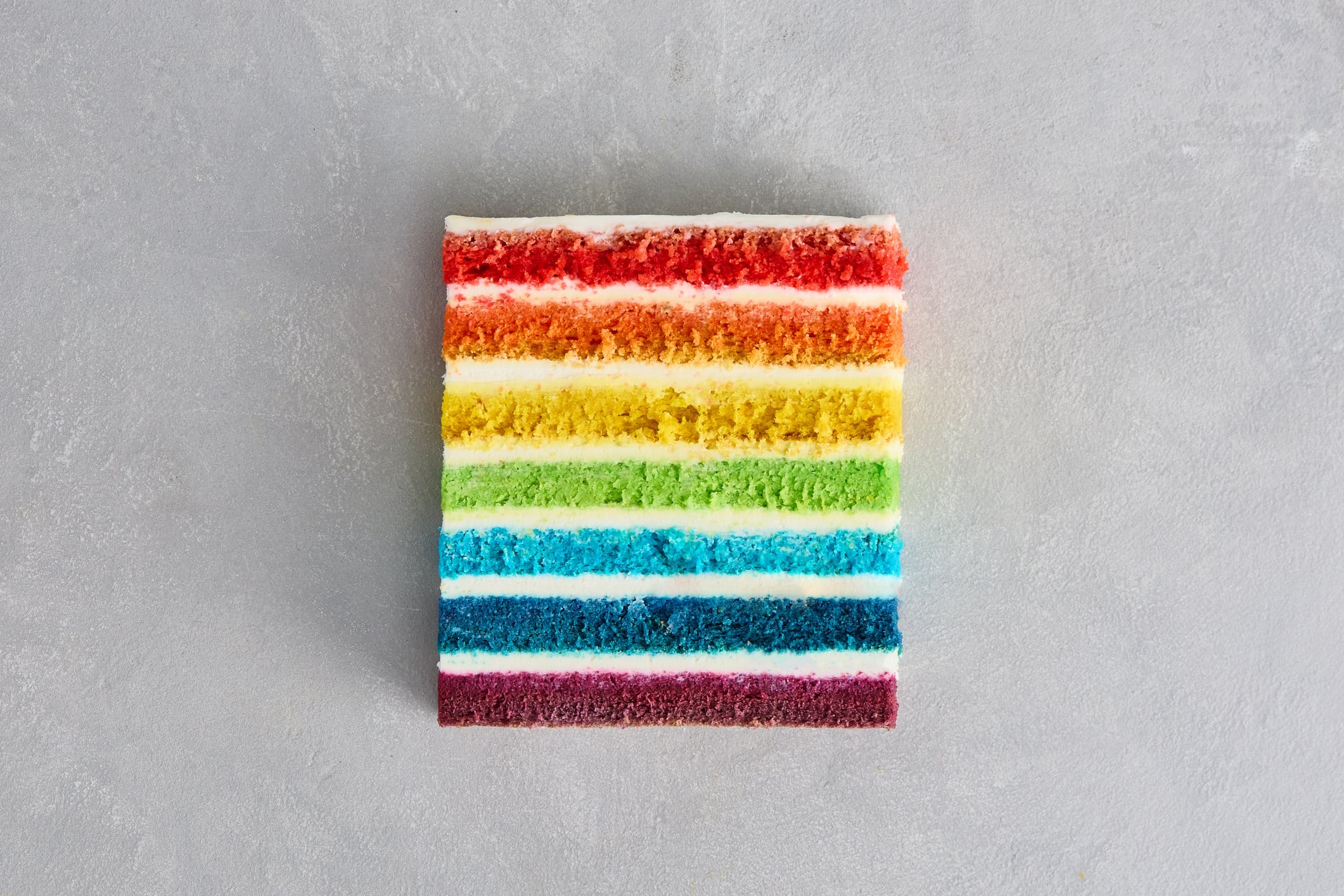Key takeaways:
- The cost of switching from synthetic to natural colors can rise up to 20 times – largely due to pigment load differences and formulation complexity.
- Upcoming US state bans and labeling laws on synthetic dyes are accelerating a nationwide – and regional – shift toward natural color reformulation.
- Supply chain readiness, vertical integration and early collaboration will be critical to avoiding shortages as demand for botanical colorants surges.
When it comes to switching from synthetic to natural colors, the biggest misconception is that it’s a simple swap, Paul Manning, chairman, president and CEO of Sensient Technologies Corporation, tells this site. “Conversion is not one-to-one – especially from a cost perspective.”
Across the full synthetic portfolio, Manning says the average cost increase when moving to natural colors is 8-10 times higher. But that number varies sharply by hue and application. “Natural yellows and oranges are on the lower end, but reds, blues and greens can rise as much as 20 times, depending on the shade and end use.”
At the heart of the cost challenge is pigment load – a factor that’s often overlooked. “Artificial colors typically deliver about 90% pigment concentration,” Manning explains. “Naturals can be as low as 10%. That lower pigment density means you need more natural color to achieve the same visual impact. Cost-in-use – not cost per pound – is what really matters.”
Why color still sells

In categories where color drives flavor perception – snacks, confections, cereals – the switch isn’t just technical, it’s psychological. Sensient’s consumer research across salty and sweet snacks, beverages and lunchbox treats found that bright, bold colors boosted both ‘just-about-right’ (JAR) flavor and purchase intent scores.
“Color is a proxy for flavor confidence,” says Manning. “Consumers equate vibrancy with freshness, intensity and taste satisfaction. If that’s lost in the conversion, so is brand equity.”
Another misconception is that all natural colors perform equally well. “That’s simply not true,” he says. “Heat, light, pH and shelf-life sensitivity all affect stability. Evaluating naturals on an apples-to-apples basis with synthetics leads to oversimplified assumptions and costly missteps.”
Over the past 15 years, Sensient has invested heavily in natural color R&D, developing concentrated formats and delivery systems optimized for heat or pH resilience. “That investment allows us to help brands convert confidently, without compromising visual appeal or taste,” says Manning.
The US leads the next regulatory wave

While Europe has long maintained tighter oversight on artificial colors, it’s the US that’s now driving the next major reformulation wave. “Over half of US states have introduced legislation to restrict or ban FD&C dyes,” Manning notes.
Among the most aggressive are West Virginia, which will ban the sale of products containing synthetic dyes by January 1, 2028; and Texas, which will require warning labels on dye-containing foods by January 1, 2027. “And Walmart, the country’s largest retailer, has pledged to remove FD&C colors from its private labels by January 2027,” he adds.
Given the depth of US imports from Mexico and Latin America, Manning predicts “a significant ripple effect” across the region.
But that regulatory momentum comes with a severe supply challenge. “The botanicals used to produce natural colors are generally orphan crops – they’re not corn or soy,” he explains. “Most can’t be economically grown in the US yet. Orders of magnitude more must now be cultivated, extracted and processed to meet projected demand.”
Color is a proxy for flavor confidence. Consumers equate vibrancy with freshness, intensity, and taste satisfaction.
Paul Manning
Sensient, which manufactures both artificial and natural colors, has a unique perspective on that supply gap. “We’re already contracting with more farmers globally and expanding extraction facilities,” Manning says. “This isn’t equipment you can buy off the shelf – it’s highly specialized. Without early planning and contracting, bottlenecks are inevitable.”
The next wave of color innovation

Natural color performance has come a long way in terms of stability, pH tolerance and heat resistance – but the next breakthroughs will focus on efficiency and sustainability.
“In response to the accelerated conversion activity in the US, we’ve increased our capital allocation to $100 million this year to expand production capacity,” says Manning. “Our R&D mission is to keep improving performance while driving down cost-in-use.”
That effort includes high-load natural color systems – formats designed to deliver stronger pigment concentration from smaller volumes – and advanced purification technologies that produce brighter, cleaner shades without affecting flavor.
“These are essential for closing the performance gap and helping manufacturers achieve synthetic-equivalent vibrancy naturally,” Manning says.
Who’s ahead and who’s behind
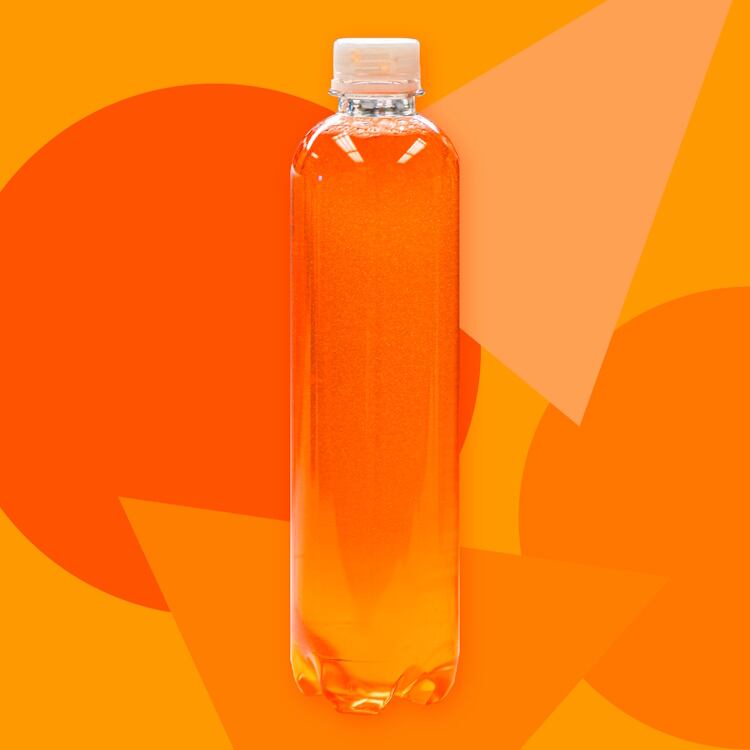
While some food sectors have embraced natural colors faster than others, progress remains uneven. “Bakery, snacks and pet food are the furthest ahead,” says Manning. “They’ve proactively responded to consumer demand for simpler ingredient decks.”
By contrast, confections, cereals and carbonated soft drinks are lagging. “They’ve been held back by cost sensitivities and the challenge of maintaining brightness and flavor expectations,” he explains.
That lag could soon prove costly. “With new US legislation coming into force, natural conversion is no longer optional,” he warns. “The current supply of natural color is woefully insufficient to support a full-market conversion. Without proactive sourcing, brands may face forced product withdrawals or have to create state-specific SKUs with warning labels.”
Sensient is encouraging early collaboration with manufacturers to avoid disruption. “Natural color conversion isn’t plug-and-play,” Manning emphasizes. “From seed cultivation to extraction to scaling, it requires planning and operational agility. We’re co-developing solutions with partners to ensure smooth conversion.”
From fear to trust – reframing the conversation

Consumer sentiment around artificial colors is now impossible to ignore. “In 2025, concern over synthetic dyes reached an all-time high of 77%, driven largely by the MAHA Commission spotlight on FD&C colors,” Manning notes.
But he says brands shouldn’t frame reformulation as a reaction to fear – it’s a chance to build trust. “When handled well, the shift to natural colors strengthens consumer relationships,” he says. “Transparency and visual confidence are key.”
Sensient’s Value of Color research shows that richer, more vibrant hues not only enhance perceived flavor intensity but also lift purchase and repeat intent. “Color doesn’t just sell taste – it sells confidence,” says Manning. “And that perception directly translates to brand value.”
Vertical integration – the supply chain stabilizer
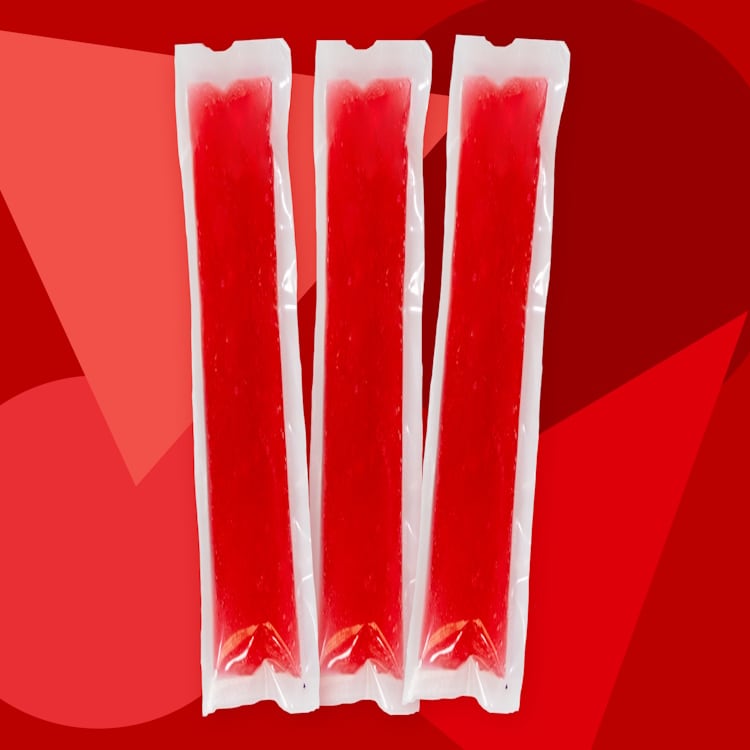
As supply chain volatility mounts, vertical integration has become a defining advantage. “Vertically integrated companies are structurally better equipped to withstand shocks,” says Manning. “The coming surge in demand for botanical colorants will test the limits of global supply. Suppliers that rely only on third-party networks will struggle.”
Sensient’s model integrates agriculture, extraction and manufacturing into one system. “We’re already securing our partners’ 2027 needs,” he says. “Early movers will be best positioned to avoid shortages – or complete lack of availability.”
A key element of that approach is Sensient’s Certasure food safety program, which verifies traceability from field to finished product. “Unlike synthetics, natural colors don’t have a standardized third-party certification,” Manning explains. “So we test to the fullest extent possible.”
Every batch of botanical material undergoes extensive screening for pesticides, heavy metals, pathogens, adulterants, and unauthorized solvents. “Vertical integration isn’t just a business model,” he says. “It’s a safeguard for food safety, a stabilizer for supply chains and a foundation for trust.”
Five years out – will natural be the default?
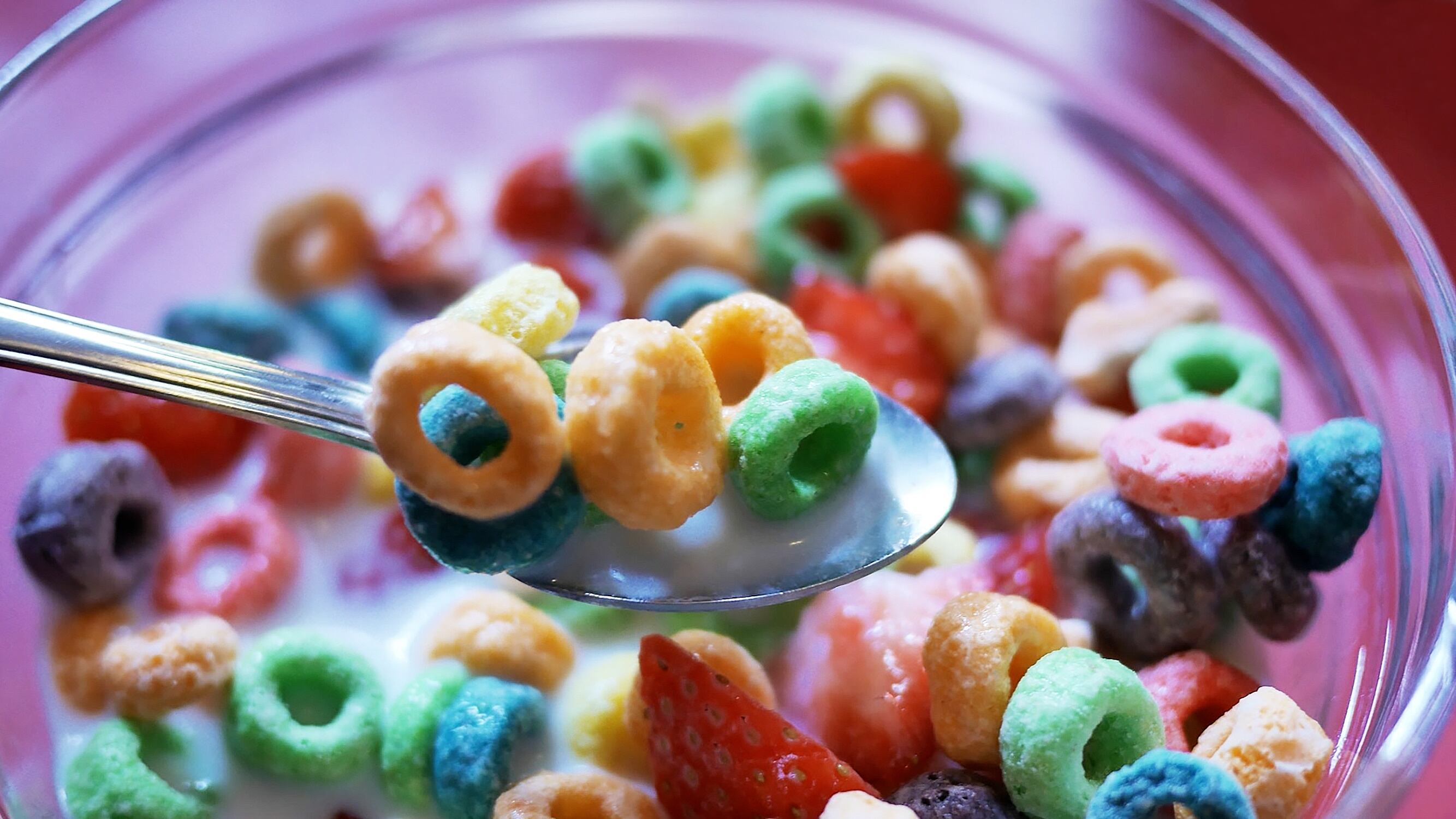
Will natural colors become the global standard? “It depends on region and category,” Manning says.
“In Europe and North America, natural colors already dominate new product launches,” he explains. “Stricter regulation and consumer preference are accelerating adoption – even in price-sensitive segments like confections.”
Elsewhere, synthetics will likely persist. “In South Asia, Africa and Latin America, cost pressures remain high. Synthetics will retain a role where price outweighs perception.”
Still, the trajectory is clear. “As transparency and consumer awareness grow, the momentum toward natural is irreversible,” Manning says. “The challenge is ensuring that the global supply chain and technology base can keep up.”
5 steps to a smooth natural color transition
Start forecasting now
With several US states set to ban or label synthetic dyes by 2027-2028, producers should lock in sourcing and production plans well in advance. Lead times for natural color crops can exceed 12-18 months and early contracting is critical to secure volume and pricing.
Calculate cost-in-use, not cost-per-pound
Natural pigments often contain only 10% of the color load of synthetics. Evaluate total usage and performance in your specific matrix – not just ingredient cost – to understand real economics.
Test performance under stress
Natural colors behave differently under heat, light, pH and shelf-life conditions. Run small-batch tests early, especially for baked, fried or extruded products.
Balance color and flavor
Vibrancy directly influences perceived flavor and purchase intent. Don’t compromise brightness – color intensity remains key to maintaining consumer expectations.
Communicate the change
Frame reformulation as a proactive, transparent move toward cleaner labeling and integrity – not as a reaction to regulation. Educate consumers about natural sourcing to build trust and brand value.



